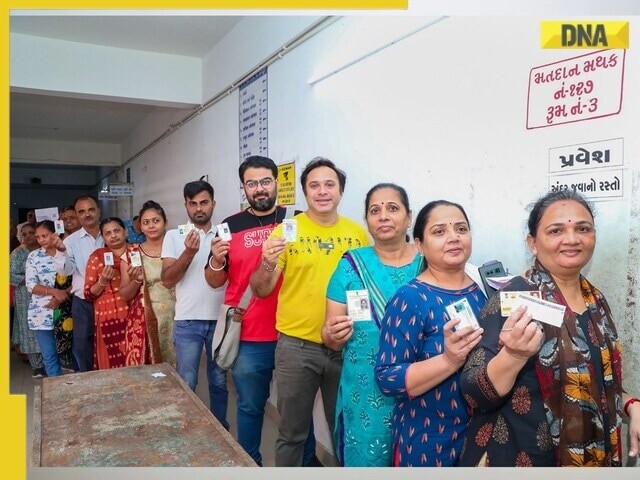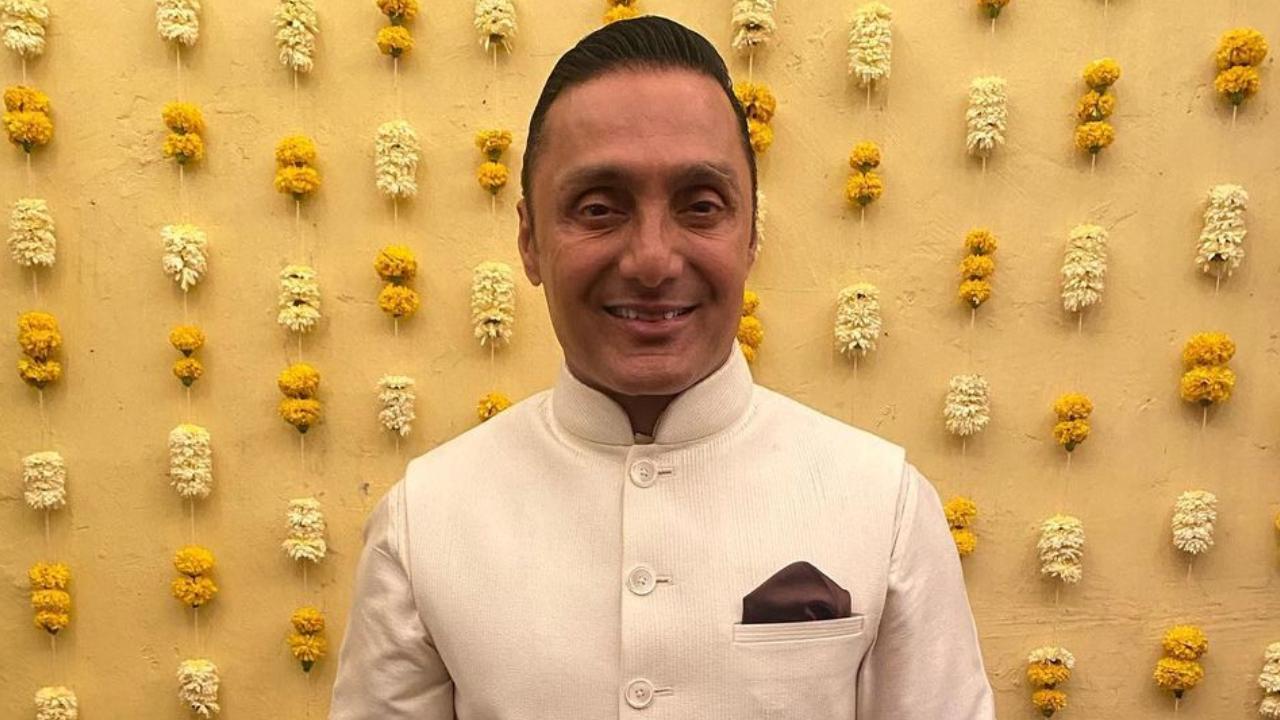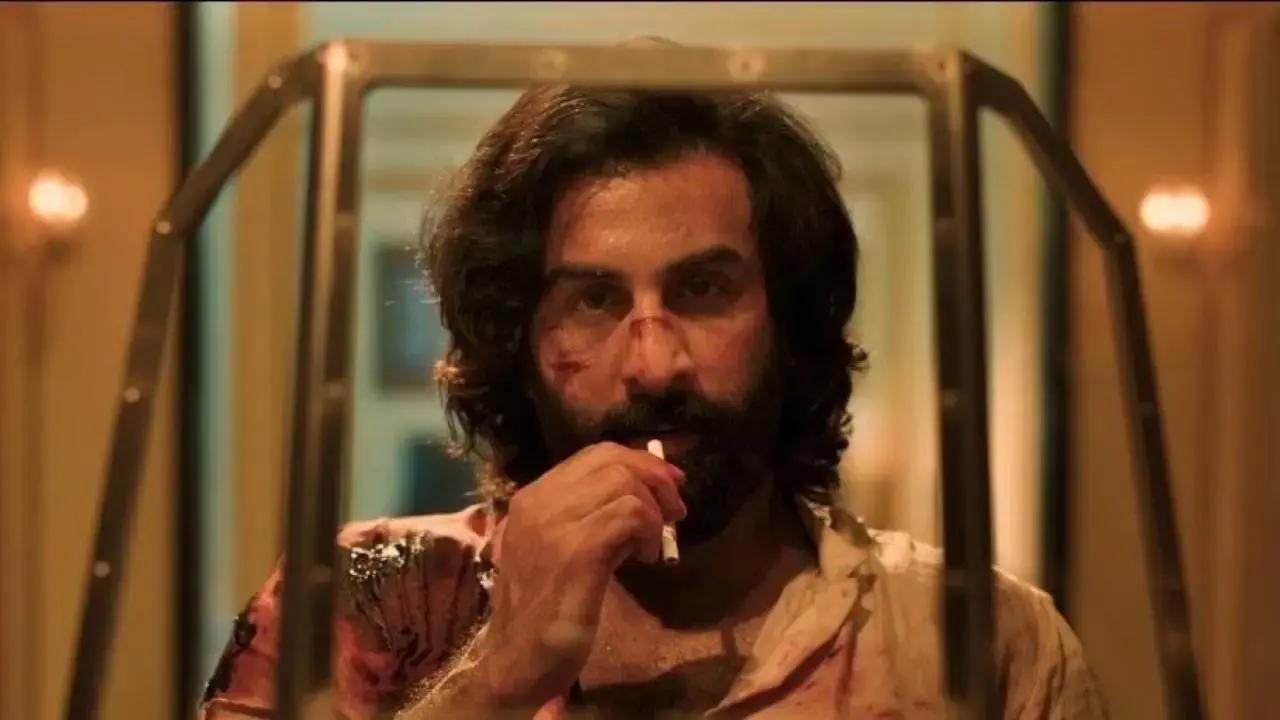
In the context of Indian politics, the Lok Sabha elections are an event of monumental importance, a time when the people’s voice shapes the future of the nation’s governance. The Kolhapur constituency, a significant seat among Maharashtra’s 48 Lok Sabha constituencies, finds itself on the cusp of such a momentous occasion. The Election Commission has solidified the timeline for the electoral process with voting slated to commence on the 7th of May as part of Phase 3, with the nation eagerly awaiting the outcomes which will be declared on the 4th of June.
As Kolhapur’s Lok Sabha constituency gears up for this democratic exercise, it is worth reflecting on both the past electoral results and the anticipated key contenders in the fray. In a bid to govern, parties have announced their candidate rosters with meticulous strategy, with some taking the lead early on while others divulge their contenders in a phased manner through the progression of the elections.
Representing the Indian National Congress (INC), Chhatrapati Shahu Maharaj steps into the political ring, pitted against Sanjay Mandlik of Shiv Sena. The two seasoned politicians are set to engage in what promises to be an intense electoral battle in a bid to win over the Kolhapur electorate.
Looking back at the previous Lok Sabha elections of 2019, Sanjay Sadashivrao Mandlik of Shiv Sena emerged victorious, securing a noteworthy tally of 749,085 votes. This was a significant win over his nearest rival, Dhananjay Mahadik of the Nationalist Congress Party (NCP), who managed to gather 478,517 votes. Mandlik’s victory, which was by a considerable margin of 270,568 votes, marked a distinct preference of the voting public.
In the 2014 Lok Sabha elections, however, the tables were turned when Dhananjay Bhimrao Mahadik of the NCP emerged triumphant over the Shiv Sena’s candidate Sanjay Sadashiv Mandalik. In that electoral battle, Mahadik secured 607,665 votes to claim his victory with a margin of 33,259 votes. This victory, however, was reversed in the subsequent election as Mandalik reasserted his prominence in the region.
The cyclical nature of Kolhapur’s electoral dynamics suggests a constituency that is fiercely contested and reflective of shifting political allegiances. The outcomes from the past serve as a prelude to the unpredictable nature of elections, where incumbent popularity and the winds of change hold equal sway.
In the political theater, elections are determined not just by the candidates’ profiles but by the larger sociopolitical climate, campaigns, promises, and the pressing issues of the hour. All these factors are meticulously weighed by the electorate, whose decision is at once a veritable endorsement of the past and a hopeful gamble on the future.
The build-up to the 2024 Lok Sabha elections carries the usual suspense that accompanies the prelude to any major political showdown. With the casting of ballots on the 7th of May and the subsequent vote count on the 4th of June, the citizens of Kolhapur will once again exercise their right to shape the political destiny of their constituency. The candidates, having thrown their hats into the ring, will be seeking to canvass every vote, knowing all too well that each ballot is a testament to their political relevacy.
The months ahead will witness heightened political activities, with campaign trails blazing through the constituency, robust dialogues with citizens, and the strategic positioning of political ideals. The electoral contest in Kolhapur is not merely about the representation in the Lok Sabha—it’s about the resonance of the local voice in the highest echelons of Indian democracy. As the constituency waits with bated breath, the historical legacy of Kolhapur’s electoral comportment and the contemporary political currents will coalesce, once more, to render a judgment that could echo through the annals of India’s parliamentary democracy.










